India, with its diverse habitats and ecosystems, serves as a haven for migratory birds from around the world. From coastal wetlands to Himalayan lakes, here are the top 20 bird sanctuaries in India where birdwatchers can witness the spectacle of migratory birds in their natural habitats:
 |
1. Bharatpur Bird Sanctuary (Keoladeo National Park), Rajasthan
Nestled in the heart of Rajasthan, the Bharatpur Bird Sanctuary, also known as Keoladeo National Park, is a UNESCO World Heritage Site renowned for its diverse avian population. During the winter months, the park becomes a bustling hub of activity as thousands of migratory birds, including Siberian cranes, pelicans, and ducks, flock to its wetlands and marshes.
2. Chilika Lake Bird Sanctuary, Odisha
Located along the eastern coast of India, the Chilika Lake Bird Sanctuary is Asia's largest brackish water lagoon and a haven for migratory birds. Home to over 160 species of birds, including flamingos, spoonbills, and herons, the sanctuary provides critical habitat for both resident and visiting avian species.
3. Ranganathittu Bird Sanctuary, Karnataka
Situated on the banks of the Kaveri River near Mysore, the Ranganathittu Bird Sanctuary is a paradise for birdwatchers. The sanctuary's small islands and dense vegetation provide nesting sites for migratory birds such as painted storks, spoonbills, and egrets, offering excellent opportunities for close-up observation and photography.
4. Sultanpur National Park, Haryana
Located just a short drive from Delhi, Sultanpur National Park is a popular destination for birdwatching enthusiasts. The park's marshes, grasslands, and woodlands attract a wide variety of migratory birds, including Siberian cranes, flamingos, and bar-headed geese, making it a must-visit destination for nature lovers.
5. Vedanthangal Bird Sanctuary, Tamil Nadu
Established over 200 years ago, Vedanthangal Bird Sanctuary is one of the oldest water bird sanctuaries in India. Situated near Chennai, the sanctuary hosts thousands of migratory birds, including pintail ducks, garganey teals, and coots, making it a birdwatcher's paradise in the southern part of the country.
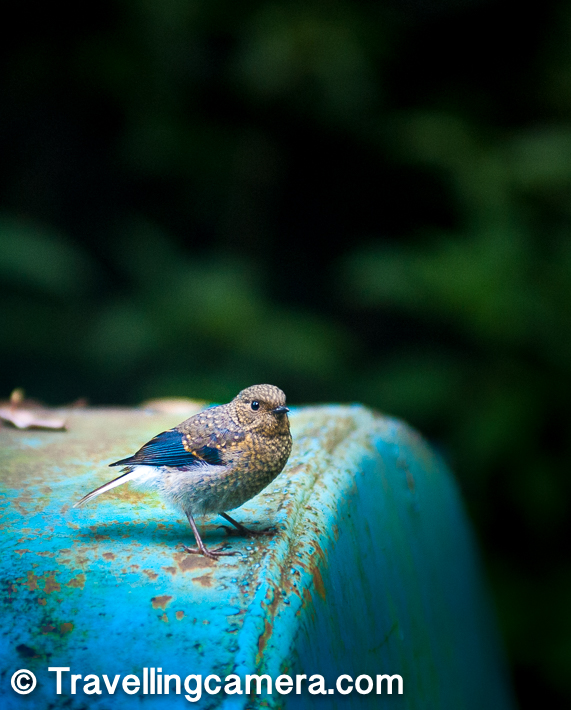 Blue-throated Blue Flycatcher - Juvenile Male
Blue-throated Blue Flycatcher - Juvenile Male
6. Nal Sarovar Bird Sanctuary, Gujarat
Spread across the vast expanse of the Nal Sarovar Lake near Ahmedabad, this sanctuary is a haven for migratory birds, particularly during the winter months. Visitors can enjoy boat rides on the lake to observe flocks of flamingos, pelicans, and geese against the backdrop of serene wetlands and marshes.
7. Kumarakom Bird Sanctuary, Kerala
Nestled amidst the backwaters of Kerala, the Kumarakom Bird Sanctuary is a tranquil retreat for birdwatchers seeking refuge in nature. The sanctuary's mangrove forests and waterways provide a habitat for migratory birds such as Siberian cranes, herons, and kingfishers, offering a peaceful sanctuary away from the hustle and bustle of city life.
8. Pulicat Lake Bird Sanctuary, Andhra Pradesh
Located on the border of Andhra Pradesh and Tamil Nadu, Pulicat Lake Bird Sanctuary is a haven for waterfowl and migratory birds. The sanctuary's brackish water lagoon attracts thousands of flamingos, pelicans, and ducks during the winter months, providing birdwatchers with ample opportunities for observation and photography.
9. Bhigwan Bird Sanctuary, Maharashtra
Situated on the backwaters of the Ujani Dam, Bhigwan Bird Sanctuary is a hidden gem for birdwatchers in Maharashtra. The sanctuary's shallow waters and mudflats attract migratory birds such as greater flamingos, painted storks, and black-headed ibis, making it a paradise for avian enthusiasts in the heart of the state.
10. Pangong Tso Bird Sanctuary, Ladakh (Jammu and Kashmir)
Located at an altitude of over 4,250 meters above sea level, the Pangong Tso Bird Sanctuary offers a unique opportunity to observe high-altitude migratory birds in their natural habitat. The sanctuary's pristine lakeshores and barren landscapes provide a habitat for birds such as bar-headed geese, Brahminy ducks, and black-necked cranes, making it a must-visit destination for birdwatchers in Ladakh.
11. Salim Ali Bird Sanctuary, Goa
Named after the eminent ornithologist Dr. Salim Ali, this sanctuary is located on the western tip of the Chorão Island along the Mandovi River. The mangrove swamps and wetlands here attract a variety of migratory birds such as black-capped kingfishers, sandpipers, and terns, providing birdwatchers with a peaceful retreat amidst Goa's lush greenery.
12. Okhla Bird Sanctuary, Uttar Pradesh
Situated on the banks of the Yamuna River near Delhi, the Okhla Bird Sanctuary is a vital habitat for migratory birds in the National Capital Region. The sanctuary's marshes and wetlands provide refuge to species such as northern pintails, common teal, and gadwalls, making it a popular destination for birdwatching enthusiasts in Uttar Pradesh.
13. Thattekad Bird Sanctuary, Kerala
Dubbed the "Birders' Paradise," Thattekad Bird Sanctuary is nestled in the foothills of the Western Ghats near Kochi. The sanctuary's dense evergreen forests and riverine habitats are home to migratory birds such as Malabar grey hornbills, Indian pittas, and white-bellied treepies, offering a haven for birdwatchers seeking rare and endemic species.
14. Pong Dam Lake Wildlife Sanctuary, Himachal Pradesh
Located in the Kangra district of Himachal Pradesh, the Pong Dam Lake Wildlife Sanctuary is a sprawling wetland sanctuary that attracts migratory birds from Central Asia and Siberia. The sanctuary's reservoir and surrounding grasslands provide a habitat for species such as bar-headed geese, Brahminy ducks, and common coots, making it a hotspot for birdwatching in the Himalayan foothills.
15. Point Calimere Wildlife Sanctuary, Tamil Nadu
Situated at the southern tip of India near Nagapattinam, Point Calimere Wildlife Sanctuary is a coastal haven for migratory birds. The sanctuary's mangrove forests, salt pans, and sandy beaches provide a habitat for species such as greater flamingos, Eurasian spoonbills, and pied avocets, making it a paradise for birdwatchers along the Coromandel Coast.
16. Bhitarkanika Bird Sanctuary, Odisha
Located within the Bhitarkanika National Park, this sanctuary is a haven for avian enthusiasts. The mangrove forests and estuaries here attract a plethora of migratory birds, including Asian openbills, black-crowned night herons, and pied kingfishers. Visitors can explore the sanctuary by boat, marveling at the diverse birdlife amidst the tranquil surroundings.
17. Sultanpur Bird Sanctuary, Uttar Pradesh
Situated in the Gurgaon district of Uttar Pradesh, Sultanpur Bird Sanctuary is a popular destination for birdwatchers in the National Capital Region. The sanctuary's shallow freshwater lakes and marshes provide a habitat for migratory birds such as Siberian cranes, greater flamingos, and Eurasian wigeons, offering excellent opportunities for birdwatching and photography.
18. Pakhal Wildlife Sanctuary, Telangana
Nestled amidst the lush forests of Telangana, Pakhal Wildlife Sanctuary is home to a rich diversity of bird species. The sanctuary's scenic reservoir and surrounding woodlands attract migratory birds such as painted storks, grey herons, and Indian cormorants, making it a paradise for birdwatchers in southern India.
19. Keoladeo Ghana National Park, Rajasthan
Formerly known as Bharatpur Bird Sanctuary, Keoladeo Ghana National Park is a UNESCO World Heritage Site renowned for its avian diversity. The park's marshes, woodlands, and grasslands provide a habitat for migratory birds such as Siberian cranes, bar-headed geese, and Sarus cranes, making it a must-visit destination for birdwatchers in Rajasthan.
20. Kutch Great Indian Bustard Sanctuary, Gujarat
Located in the arid landscapes of Kutch, this sanctuary is a vital habitat for the endangered Great Indian Bustard. During the winter months, the sanctuary also attracts a variety of migratory birds such as houbara bustards, steppe eagles, and larks, providing birdwatchers with a unique opportunity to observe rare and elusive species.
 Almost fully grown babies of a painted stork standing in the nest
Almost fully grown babies of a painted stork standing in the nest
These bird sanctuaries, scattered across India's diverse landscapes, offer a glimpse into the rich avian diversity of the country. Whether you're a seasoned birder or a nature enthusiast, these sanctuaries provide an opportunity to connect with nature and witness the beauty of migratory birds in their natural habitats.





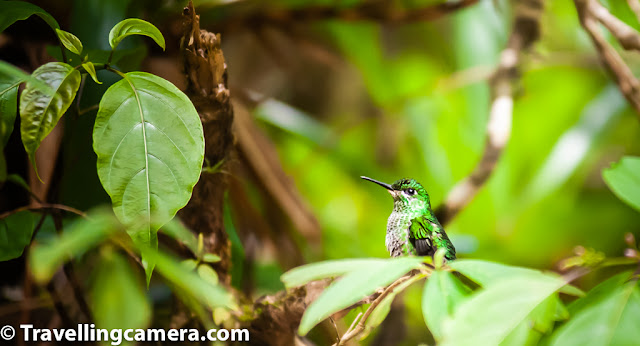
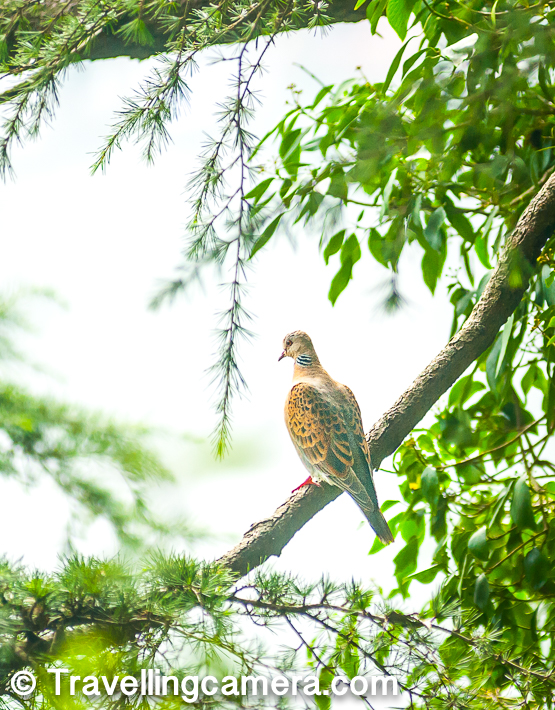
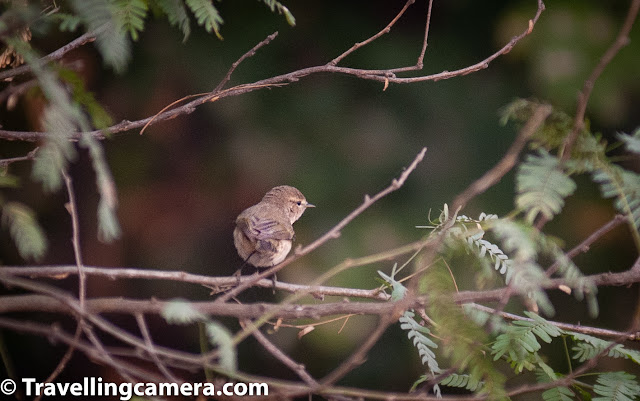

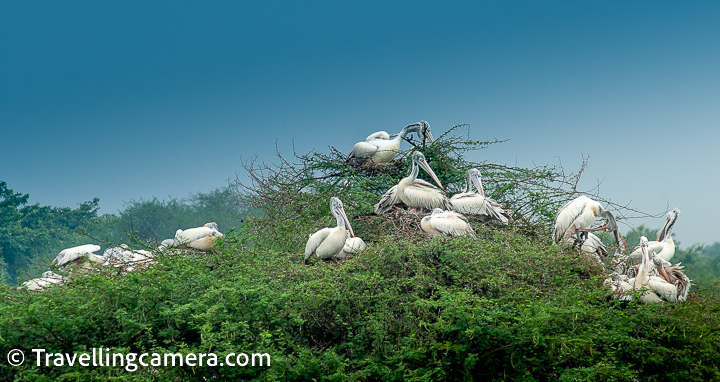





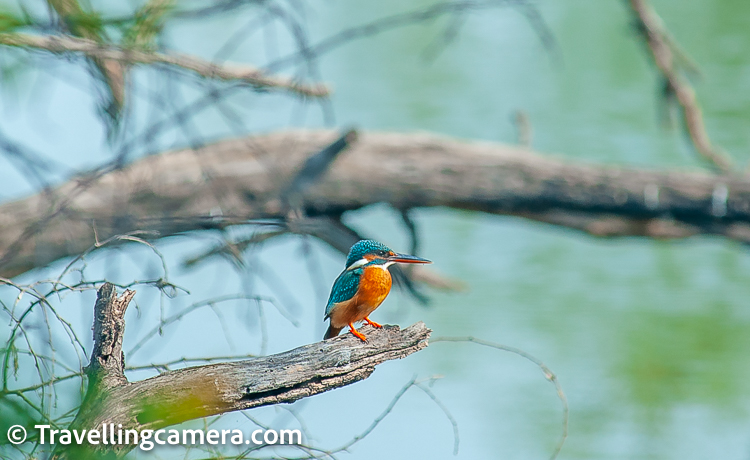

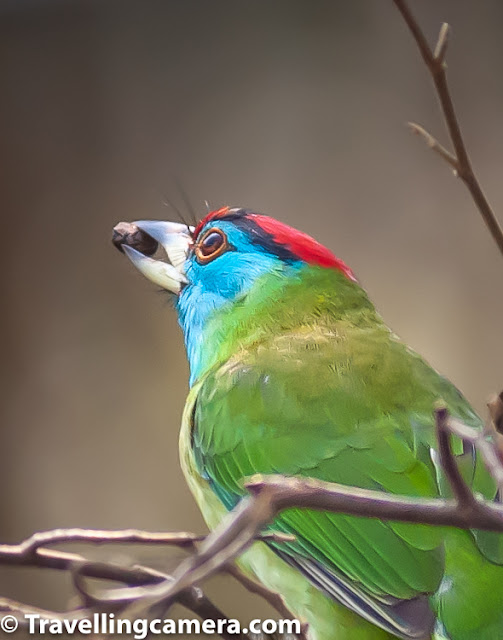
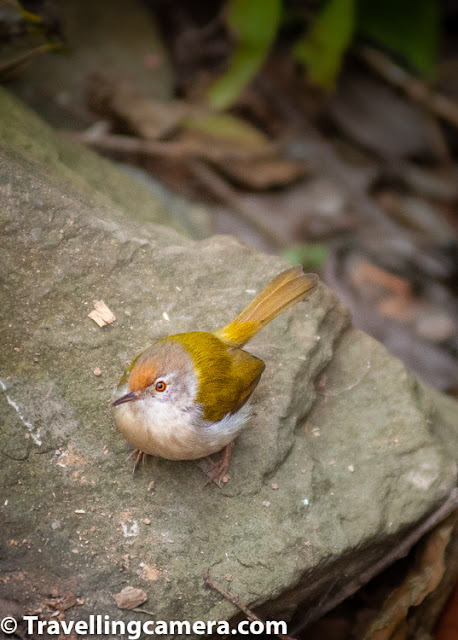


.jpg)
Comments